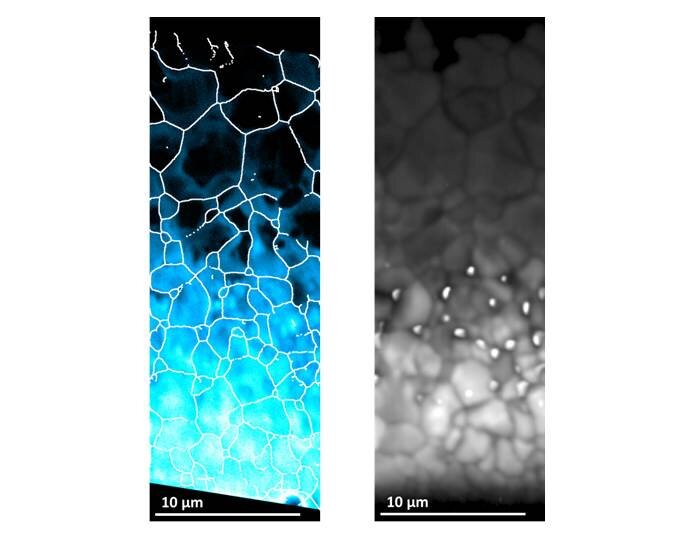Several studies have confirmed that the addition of selenium to cadmium telluride (CdTe) solar cell material can provide a significant efficiency boost. Leading CdTe solar panels currently on the market have around 17% conversion efficiency, and alloying selenium into the material has increased this to the current world record of 22.1%, set by First Solar in 2016.
But the mechanism causing this efficiency boost was not well understood, limiting its further progress. Now, an international team of researchers led by Loughborough University in the U.K. has been able to observe the material’s luminescence properties and provide an explanation for the phenomenon. Their results are published in the paper Understanding the role of selenium in defect passivation for highly efficient selenium-alloyed cadmium telluride solar cells, published in the journal Nature Energy.
Experiments using cathodoluminescence and secondary ion mass spectrometry showed that the addition of selenium has the effect of passivating defects in the bulk crystal of the CdTe layer — meaning that electrons generated when sunlight hits the material are less likely to become trapped in the material and recombine.
The researchers compared the light emitted from areas with little to no selenium with areas in the material where selenium was more concentrated. “We mapped the luminescence emitted from a selenium-containing solar cell at a resolution of around 1/10,000th of a millimetre and compared it to a similarly high-resolution map of the selenium concentration taken on the exact same area of the cell,” explains Tom Fiducia, a Ph.D student at Loughborough University’s Centre for Renewable Energy Systems Technology and the lead author of the paper. “”It is strikingly obvious when you see the data that selenium-rich regions luminesce much more brightly than the pure cadmium telluride, and the effect is remarkably strong.”
Understanding the mechanism behind the increased efficiency will allow scientists to look at optimizing it for even greater gains. “This could be simply by increasing the amount of selenium in the devices, or altering its distributions within the cell,” explains Fiducia. “I hope that the results can be useful to other researchers and ultimately make a positive impact.”
This content is protected by copyright and may not be reused. If you want to cooperate with us and would like to reuse some of our content, please contact: editors@pv-magazine.com.




By submitting this form you agree to pv magazine using your data for the purposes of publishing your comment.
Your personal data will only be disclosed or otherwise transmitted to third parties for the purposes of spam filtering or if this is necessary for technical maintenance of the website. Any other transfer to third parties will not take place unless this is justified on the basis of applicable data protection regulations or if pv magazine is legally obliged to do so.
You may revoke this consent at any time with effect for the future, in which case your personal data will be deleted immediately. Otherwise, your data will be deleted if pv magazine has processed your request or the purpose of data storage is fulfilled.
Further information on data privacy can be found in our Data Protection Policy.